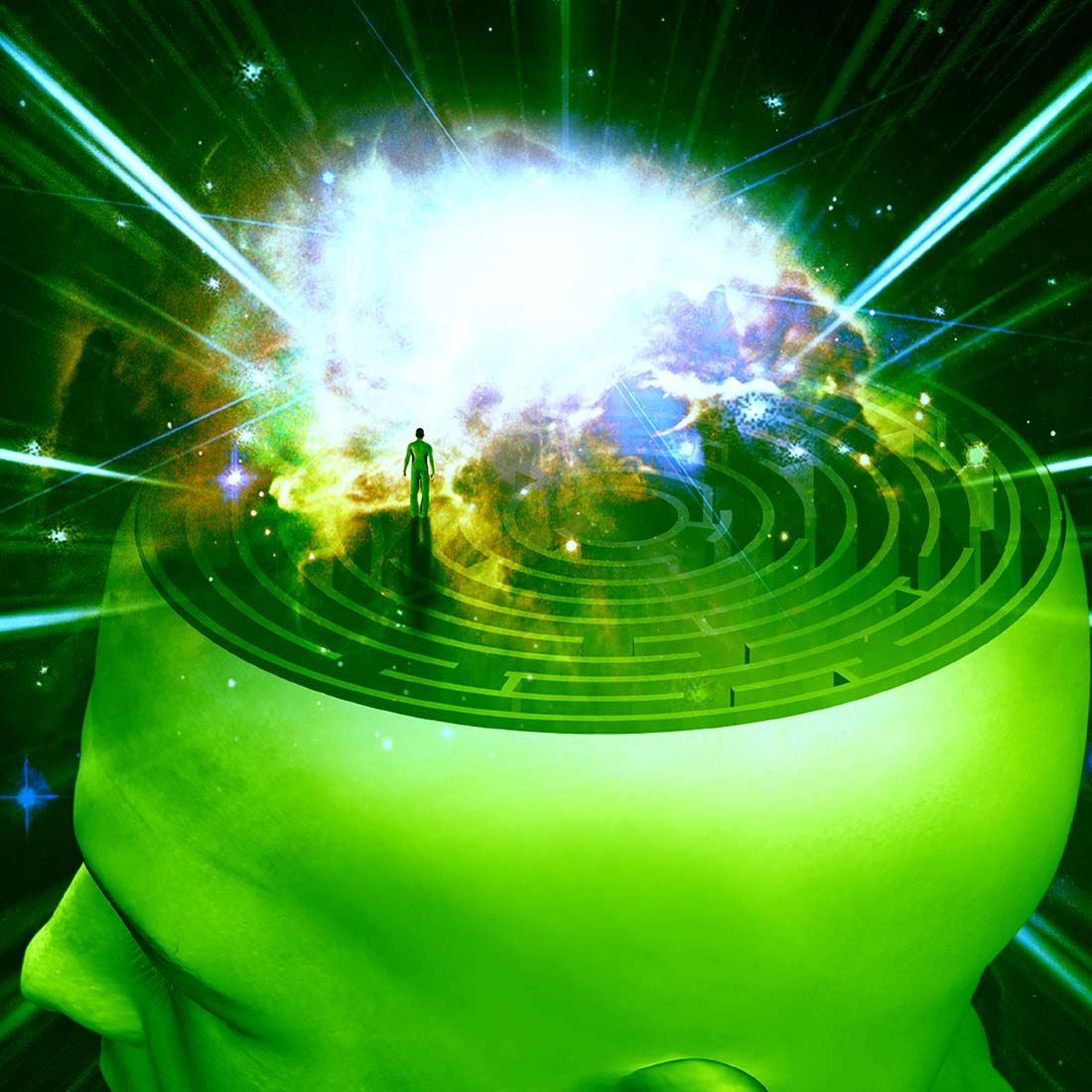
A new study from Nature journal reveals that astrocyte cells can be reprogrammed into neurons. Though the process of transdifferentiation and using a precise sequence of molecules, the human brain could be repaired completely.
Transdifferentiation is the process through which scientists convert one type of cell into another. This naturally depends on a carefully crafted recipe of molecules, and this study furthers the hope that doctors may one day be able to repair tissue, organs, and even the brain damage.

The human body keeps the cells that it is born with throughout their entire life. There are two small areas of the body that produce a minute amount of new cells: the hippocampus, responsible for memory, orientation and navigation, and the olfactory bulb, where scents are recorded as memory. Being able to reprogram cells as neurons gives the ability to give the human body potential that it may not have had before. Where one body has stopped making cells, these studies propose the possibility of science making them for the body.
Of course, it’s all a matter getting the right recipe down to the very last detail, and many teams of researchers and scientists have braved the adventure to find it. A team from Stanford University, was able to find a string of proteins that changed human cells into working neurons in 2010. The same team was able make working neurons for mice, by mixing three proteins they called “BAM factors” the year before, and once it was proved possible for mice, they immediately moved for human neurons. The only drawback they faced was that they couldn’t carry electric signals like actual neurons could.

So the team then added a fourth protein, and it converted the cells into neurons that carried electric currents and made functional synapses. On top of that, they could blend into existing networks with existing neurons with no problem.
A History of Transdifferentiation into Human Neurons
The breakthrough studies began in 2007 with a study that turned mice skin cells into something resembling stem cells, called induced pluripotent stem cells. In 2008, the Wenig Lab used that protein recipe to conduct a similar study, except instead of stoping at making induced pluripotent stem cells, he turned them into neurons and transplanted them back into the mice to treat symptoms of Parkinson’s disease. A few months later, a team of scientists made neurons from reprogrammed human cells that he had taken from an 82-year old ALS patient, and another team treated Parkinson’s disease in a mouse by reprogramming its skin cells, making them into neurons and planting them back into the mouse’s brain, resulting in a significant improvement in the rodent’s condition.
But as it happens, there are always risks with such an invasive approach. These reprogrammed cells are different from the original cell after all. These cells, as proved by another study, can be rejected by their subjects. This is not uncommon in the world of science and biology, since transplants and surgeries have risk factors for rejection, so it is possible that this danger, too, can be minimized.
The New Study is a Game Changer
A team from Lund University developed a way to transform astrocytes, a kind of brain cell, into neurons from inside the brain of a rat. The study, led by Malin Parmar, reveals that it is, after all, possible to directly reprogram resident cells into neurons within the brain, no need for a culture dish. This shows that reprogramming brain cells may not require transplants or surgery.

The study took human skin cells called fibroblasts and inserted three reprogramming genes in them: the “BAM factors”, the same used by the 2010 Stanford research team. They were put into mouse brains, and once the genes were activated, the fibroblasts started synthesizing neurons. The team then did the same with cells that were already in the rodent’s head, taking astrocytes, a brain cell that provides nutrients to neurons, provide the chemical balance of the fluid around them and aid in damage repair. By putting the BAM factors directly into the astrocytes, they converted the cells into neurons.
The Impact and This Discovery’s Future
This alternative is cheaper and faster than any other study conducted yet, and their results showed that the new neurons did not grow to form cancers, which means it minimizes risks of the formation of tumors. Sacrificing a small number of astrocytes should also be no problem, since the human brain has a large supply of them.
However, there is still much work to be done and many decisions to be made before this goes into medicine. For one, not all cells that are modified become neurons, and if the genes end up in the wrong place at the wrong time, it could cause cancer. There is also no guarantee that these new neurons will fully integrate into the human brain and make it so the brain remains healthy, which is what the study hopes to follow-up now. It’s all a matter of researching, testing and more researching and more testing to discover what lies in the future of science and medicine.

















